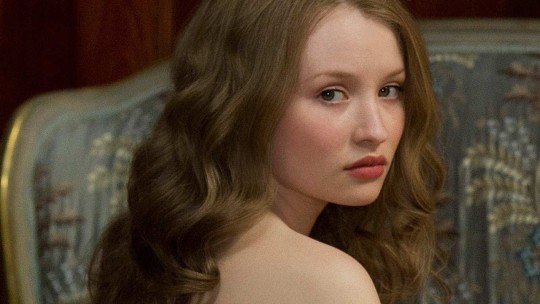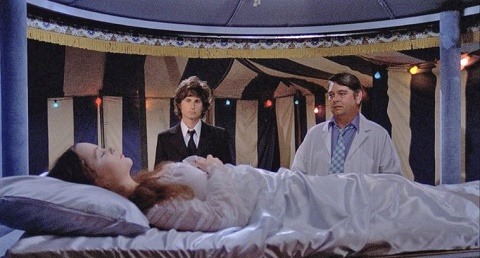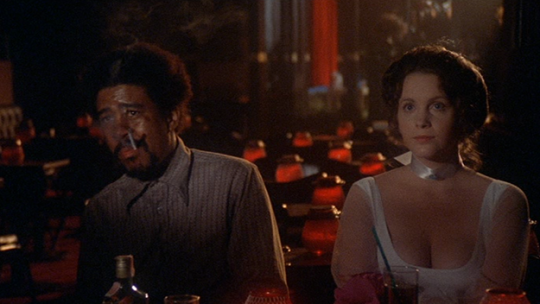Eyes Wide Shut: Some Call It Loving and Sleeping Beauty By Adam Nayman
By Yasmina Tawil

Two roads diverged in a (Holly)wood: after the scandalous release of Lolita in 1962, Stanley Kubrick and his producer, James B. Harris, each set out to make a Cold War thriller based on a best-selling novel.
Suffice it to say that history remembers Dr. Strangelove, or: How I Learned to Stop Worrying and Love the Bomb (1964)a movie that Harris helped to set up before blanching at his partner’s idea to turn it into a comedymore vividly than the foursquare nuclear-sub drama The Bedford Incident (1965). Splitting from Kubrick on the eve of the directors greatest popular success rendered the New York-born Harris as the proverbial footnote in a world-beating auteur narrative, a marginalization seemingly borne out by the fact that he only produced five features over the next forty years, three of which he also directed.
The most striking of these is Some Call It Loving (1973), a stylized erotic drama privately financed via a tax break scheme for $400,000. In a superbly written and researched essay included with the recent two-disc set from Etiquette Pictures, Kevin John Bozelka explains that Harris brought Some Call it Loving to Cannes in 1973, where it was critically admired (including by Pierre Rissient, who bought it for French distribution) and then destroyed by American reviewers later in the year. The films slow, stately style and baldly symbolic content were laughed off on contact: a rambling, contemporary fable that is merely pretentious, was the assessmentof The New York Times.

Pretentiousness is in the eye of the beholder, of course, but theres nothing mere about Harris adaptation of John Collier’s short story The Sleeping Beauty, about a man who purchases a mysteriously slumbering woman from a traveling carnival and brings her home to be his companion. On the contrary, Some Call it Loving is fully, aggressively pretentious, wearing both its fable-like aspirations and caustic cultural critique on its impeccably tailored sleeves. Its characters live in the contemporary equivalent of an enchanted castle on the edge of the city, deliberately cut off from everyday society. The elaborate role-playing games of Robert Troy (Zalman King) and his female companions Angelica (Veronica Anderson) and Scarlett (Carol White)which expand to include the expensively acquired and newly awakened Jennifer (Tsia Farrow)are legible as a form of aristocratic folly: call it the discreet charm of the bourgeoise.
Luis Buuels shadow falls over Some Call it Loving, particularly the scene in Viridiana (1961) where the angelic novice played by Silvia Pinal is drugged by a servant and served up to the unscrupulous Don Jaime (Fernando Rey); Bunuel luxuriates in the necrophilic aspects of the scenario even as his villain holds back from ravishing the unconscious virgin (a decision that plays as a pious hypocrites moment of grace). In Harris opening, Robert gazes uncertainly at Jennifers supine body and refuses to join the other carnival-goers in paying for a kiss; when he makes his offer of $20,000 to Jennifers handler, he shakes off the implication that hes buying her for sex. Like Don Jaime, hes powerfully attracted to the younger womans sleeping form, which also rhymes with the plight of Humbert Humbert (James Mason) and his botched motel-room rape of his sleeping charge in Lolitathe difference being in Kubricks film, its bad luck rather than a guilty conscience that keeps him from following through.





